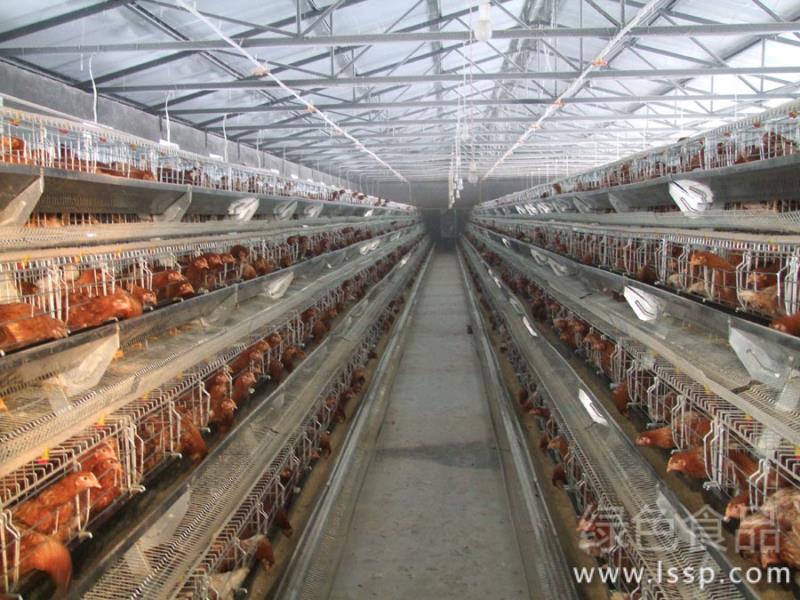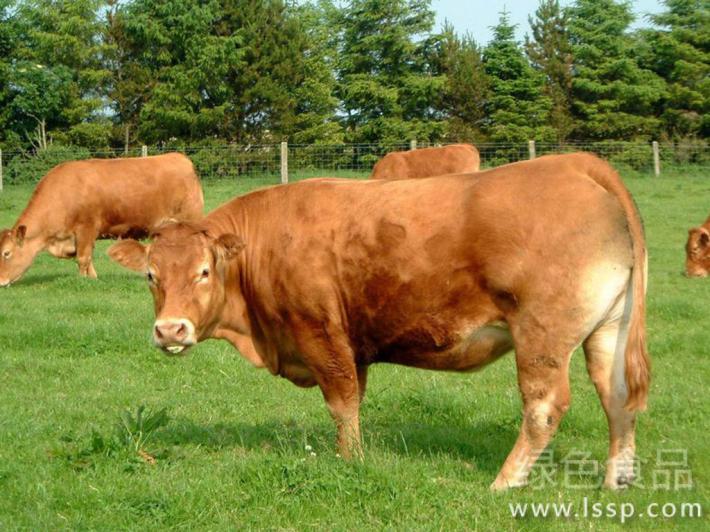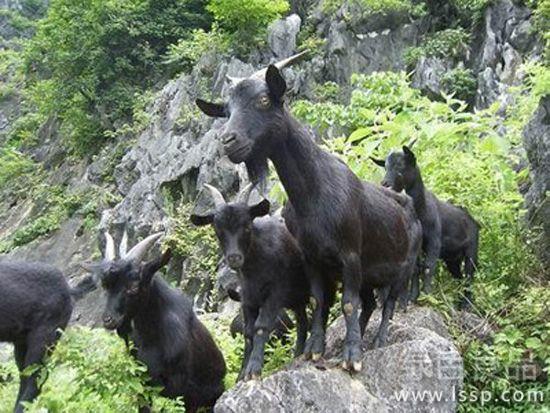Metabolic changes of high temperature laying hens how to ensure the production of laying hens in summer
The optimum temperature of laying hens is 13-27 ℃. In the high temperature environment, the body metabolism of laying hens changed, resulting in a decrease in feed intake, an increase in water consumption, sparse feces, hindered follicular development, whitening of the crown, decrease in egg production, thinning of eggshells, reduction of egg weight, increase of death rate, and so on. Therefore, in the high temperature season, measures should be taken to reduce the heat stress of high temperature on laying hens and ensure egg production.

Laying hens
1. Supply sufficient clean, cool drinking water: when hot, supply sufficient clean, cool drinking water, can absorb part of the heat in the body of laying hens, play a cooling role. Should pay attention to: emergency epidemic prevention, drinking water immunization before vaccination, to cut off water, to spray immunity.
two。 Chicken house air is fresh: at high temperature, chickens rely on breathing to dissipate heat, coupled with sparse feces and high humidity; in the henhouse, it is humid and muggy, which is disadvantageous to laying hens. Should increase ventilation, if necessary, after daily feces cleaning, sprinkle some lime into the septic tank to reduce the effect of high humidity, in order to ensure that the chicken house air is fresh and cool.
3. Adjust the feeding method: when it is cool in the morning and evening, feed more, feed frequently, stimulate the appetite of laying hens and let them eat more, but pay attention to avoid accumulating wet material in the trough so as to avoid mildew and deterioration.
4. Prolong the light time: appropriately prolong the light time in the morning and evening and increase the feeding of laying hens, but not more than 17 hours.
5. Adjust dietary nutrition: high temperature reduces the feed intake of laying hens, and the intake of nutrition is insufficient. Measures should be taken to stimulate more food intake and improve the nutritional level of laying hens. ① increases dietary energy: about 2% vegetable oil can be added to the diet. ② increased dietary protein or amino acid levels. The feed intake of laying hens is reduced by 1015%, protein intake is reduced, egg weight is reduced, egg production is reduced, protein is supplemented, dietary balance is maintained, and amino acids, especially methionine and lysine, are added appropriately. ③ increases supply of vitamins and minerals. Can be used to quickly supplement calcium hydrogen phosphate, high-quality bone powder, calcium particles and so on.
6. Supplement anti-heat stress nutrients and electrolytes: high temperature causes laying hens to discharge sodium, potassium and carbonate plasma, causing electrolyte imbalance. Sodium bicarbonate, potassium chloride, ammonium chloride and zinc carbonate should be added.
7. Sprinkle water or use water curtain temperature: daily disinfection, can take layer disinfection, achieve the purpose of disinfection, sprinkle water to play a cooling role. In addition, water curtains can be built outside the chicken house to cover and cool down. When there are conditions, you can send a cool breeze to the chicken house to cool down quickly.
- Prev

Eight points for Scientific feeding to make cattle healthy Beef cattle fed with Urea
Eight points for Scientific feeding to make cattle healthy Beef cattle fed with Urea
- Next

Fattening intensity and difficulty of Black Goat intensive fattening Technology of Big Black Goat
Fattening intensity and difficulty of Black Goat intensive fattening Technology of Big Black Goat
Related
- On the eggshell is a badge full of pride. British Poultry Egg Market and Consumer observation
- British study: 72% of Britons are willing to buy native eggs raised by insects
- Guidelines for friendly egg production revised the increase of space in chicken sheds can not be forced to change feathers and lay eggs.
- Risk of delay in customs clearance Australia suspends lobster exports to China
- Pig semen-the Vector of virus Transmission (4)
- Pig semen-the Vector of virus Transmission (3)
- Five common causes of difficult control of classical swine fever in clinic and their countermeasures
- Foot-and-mouth disease is the most effective way to prevent it!
- PED is the number one killer of piglets and has to be guarded against in autumn and winter.
- What is "yellow fat pig"? Have you ever heard the pig collector talk about "yellow fat pig"?

